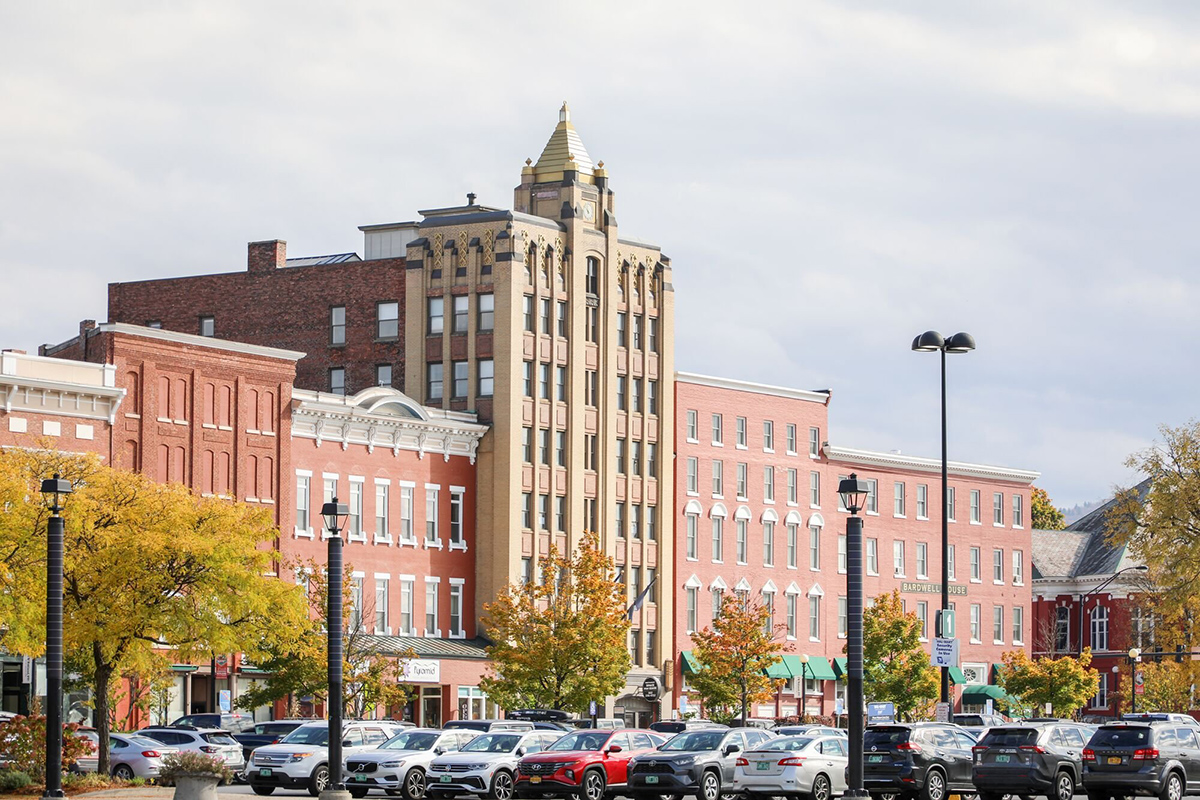Welcome to the Rutland 360 focus column. Rutland 360 is a collaborative initiative led by a task force that includes the Rutland Redevelopment Authority, the City of Rutland, the Chamber & Economic Development of the Rutland Region, and the Downtown Rutland Partnership. Together, these stakeholders have developed the Rutland TIF District Master Plan, a strategic effort to drive economic growth and revitalization in our city.
This bi-weekly column will address common questions about Tax Increment Financing (TIF), explain its impact on Rutland, and provide updates on key projects shaping our community’s future.
Where in the process are we today?
The process for forming a TIF District takes a considerable amount of planning and requires several layers of both local and state approval. In Rutland’s case, this includes review and approval by the Rutland City Board of Aldermen and Vermont Economic Progress Council (VEPC). The City and the Rutland City TIF Task Force are currently awaiting final VEPC approval of the Master TIF District Plan (expected April 2025). Once final approval is received, the City can take the next steps to launch the first phase, which will require both Board of Alderman and VEPC approval before moving forward.
The Rutland TIF District Master Plan outlines 11 potential private developments—all made possible by eight critical infrastructure projects funded through TIF. These projects could pave the way for 385 new housing units, a hotel, and expanded retail spaces, contributing to an estimated $60+ million growth in the city’s Grand List.
What Is TIF?
To understand this process, it may help to explain exactly what TIF is and why it is anticipated to benefit Rutland City. TIF is an economic development tool designed to foster the types of development Vermont has been encouraging for years, and in the places we want it to occur – such as downtowns, industrial parks, and compact village centers. TIF projects catalyze private development by removing key infrastructure barriers, using incremental tax revenues to cover the cost.
The basic concept is that a TIF district is used to foster private development that would not have otherwise occurred “but for” the District. To implement a District, a limited geographic area is defined in which the municipality believes there is potential for development to occur, but in which there are public infrastructure barriers that make private real estate investment difficult or impossible. Specific boundaries are selected and define the “TIF district.”
Depending on the issues in each specific location in the district, the infrastructure barriers could include insufficient or deteriorating water or wastewater utilities, inadequate parking, substandard streetscape amenities, stormwater management issues, and similar limitations. In Vermont, TIF is also used to clean up contaminated brownfield properties and otherwise prepare sites for development.
Once the district is established, the host municipality works with property owners and developers to identify specific private developments that could be supported or incentivized by public infrastructure investments.
In future articles, we’ll explain how infrastructure costs are funded, the role of the public in the process, specific project spotlights, and other related topics.
For more information, visit the Rutland 360 website:rutlandvtbusiness.com/tax-increment-financing or email Ed Bove ([email protected]).




